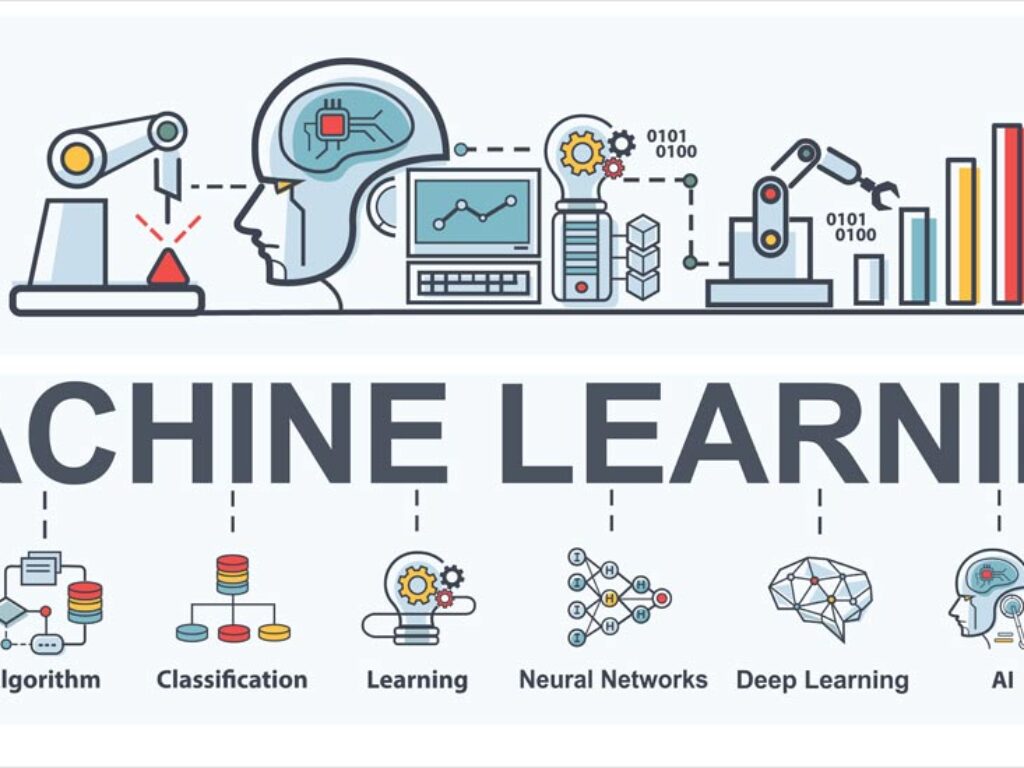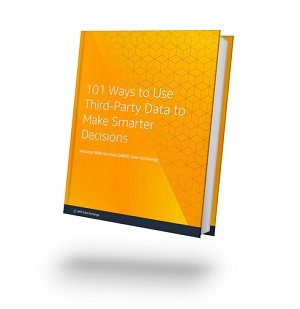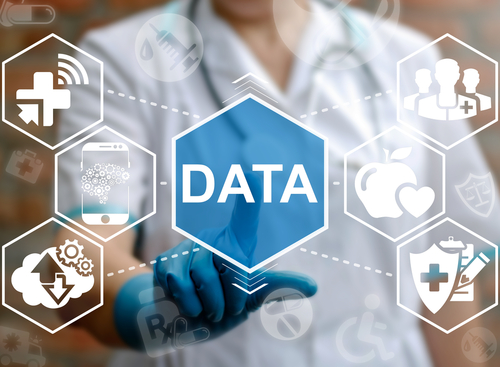In this contributed article, Dr. Darryl Woodford PhD, CTO at Cipher Sports, shares his insights about the key features of a good sports betting prediction model. We’ve already seen how fast and accurate these models can be. In the wagering industry, the next frontier is to apply these recent advancements to in-play and micro-betting markets, requiring another step forward in both data processing and data acquisition.
What Can the Sports Betting Industry Teach About Building Predictive Models?
What Does It Take to Build a Data Platform to Support Predictive Analytics?
In this contributed article, data engineer Koushik Nandiraju discusses how a predictive data and analytics platform aligned with business objectives is no longer an option but a necessity. While this requires complex data warehouses, architectures, and collection systems to ensure the mass amounts of customer and business data at the organization’s fingertips can be utilized to make actionable, data-driven decisions that benefit the company, it also requires a growth mindset across the organization.
Reaching Buyers in an Anonymous Buying Journey
In this contributed article, Latané Conant, Chief Market Officer of 6sense, offers her perspective on how enterprise sales/marketing teams can still identify leads generate revenue, even with ever-changing privacy rules/regulations. This provides some good insights on how to overcome those challenges by using valuable data.
eBook: 101 Ways to Use Third-Party Data to Make Smarter Decisions
To guide you in becoming a data-driven organization, AWS Data Exchange has created a new eBook, 101 Ways to Use Third-Party Data to Make Smarter Decisions. This innovative resource is designed as a broad compilation of use cases submitted by AWS Marketplace data providers.
Preparing Healthcare Data for the Netflix Effect
In this contributed article, Chris Luoma, Senior Vice President of Global Product Management at Global Healthcare Exchange (GHX), discusses how to achieve the Netflix Effect in healthcare with four best practices. The “Netflix Effect” is the uncanny ability of brands to know exactly what we want, when we want it.
How Predictive AI will Change Cybersecurity in 2021
In this contributed article, Dr. Igor Mezic, CTO of MixMode AI explains how you can identify and stop zero-day attacks like the SolarWinds attack with the invention of this Unsupervised, Predictive AI, which uses a baseline to understand what should be occurring on the network at all times in order to catch anomalies as soon as they appear.
Why Predictive Analytics Is Crucial for Maximizing College Retention Efforts
In this contributed article, Bryan Bell, Chief Data Scientist at Aviso Retention, discusses how using data analytics and business intelligence programs to make smarter student enrollment choices helped colleges reduce their “summer melt” by about 1 percent last fall. These colleges also performed three times better than the national average in terms of their fall 2020 enrollment figures.
Challenges of Predictive Analytics for Law Enforcement
In this contributed article, Ari Vidali is Founder & CEO of Envisage Technologies, discusses how modernized data management processes and analytics are fueling police reform efforts. With heightened attention on officer behavior and accountability, predictive analytics are emerging as the trending band-aid fix to a much larger problem.
Combining High and Low-Code to Deliver Impactful Predictive Analytics
In this white paper, we will explore how GlobalTranz leveraged its inherent technology skills along with technology partnerships including Microsoft and West Monroe, a national business and technology consulting firm, to effectively insert a user interface (UI) facilitating human oversight of machine generated predictive pricing through a creative and resource- efficient use of both high and low-code approaches.
Combining High and Low-Code to Deliver Impactful Predictive Analytics
In this white paper, we will explore how GlobalTranz leveraged its inherent technology skills along with technology partnerships including Microsoft and West Monroe, a national business and technology consulting firm, to effectively insert a user interface (UI) facilitating human oversight of machine generated predictive pricing through a creative and resource- efficient use of both high and low-code approaches.










